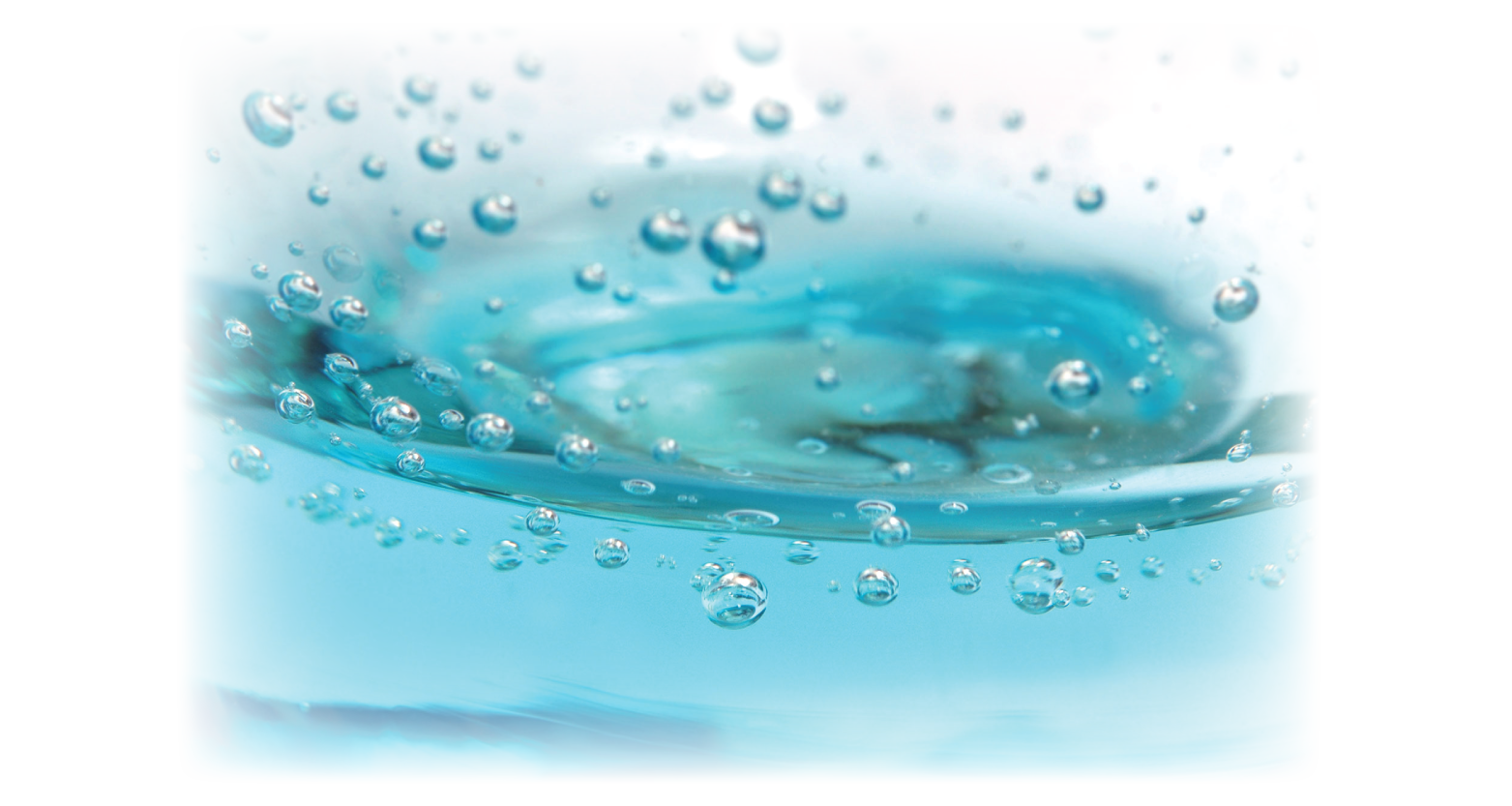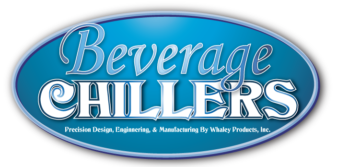Carbonation of Beverages
Commercial carbonation of beverages allows waters, juices, and sodas to fizz and bubble with carbon dioxide. Carbon dioxide or CO₂ consists of one carbon atom and two oxygen atoms. The molecule is a nonpolar, which means other molecules can’t connect with it easily. To hear the fsssst in drinks both water and carbon dioxide must be added to soda at high pressure.
Under normal conditions CO₂ can dissolve with water. The activity of the gas molecules overpowers the bonds in the water chains and allows the CO₂ to escape. When the temperature is dropped the CO₂ molecules slow down. The hydrogen molecules become stronger and don’t allow the CO₂ to break the H₂O chains. The CO₂ chain is then retained in the water.

When pressure is increased more CO₂ can occupy space. The mixture of H₂O becomes supersaturated with CO₂ and the CO₂ is dissolved more than under normal conditions. The water molecules squeeze around the carbon dioxide and form cage like structures trapping the carbon dioxide. Once the liquid is trapped, the CO₂ can only be released with the opening of the container allowing air to mix with the carbon dioxide.
The process of artificial carbonation was invented in England in 1767. It was later adapted and commercialized in 1783 by Jacob Schweppes for carbonating mineral water in Switzerland in 1783. Carbonation can also occur naturally in mineral water. The mineral water absorbs carbon dioxide from the ground. The solubility for the carbon dioxide is less at a lower pressure so the dissolved gas escapes when the pressure is relived.
